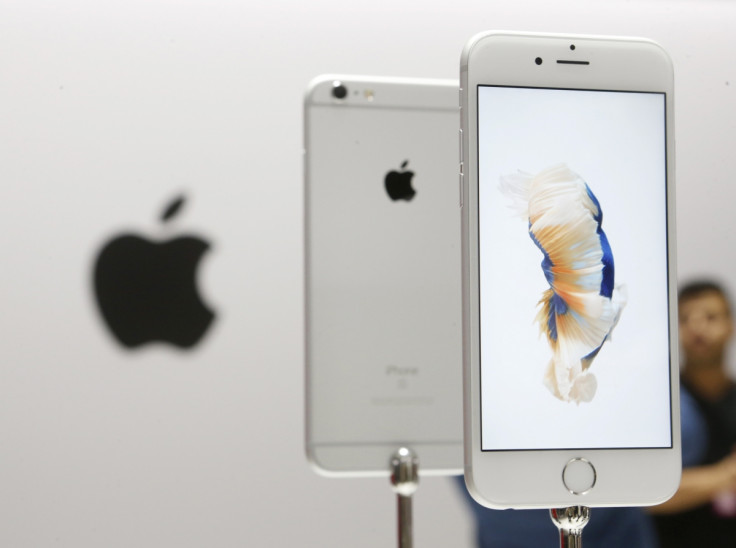iPhones provide better parental control options than Android smartphones

Apple iPhones have better parental control options than Android phones. With prevalent dangers to children and adolescents from various "misleading" online forums, parental control in smartphones has become a necessity.
Handing over such a device to a youngster comes with certain drawbacks, and parenting editor of Common Sense Media, Caroline Knorr says, "You're giving your kid a lot of power when you hand them a smartphone and kids' digital savvy often outstrips their judgement."
Monitoring every device, however, does not guarantee complete protection of a child. Knorr claims that it is equally important for parents to use phone restrictions to start a dialogue with their children about what is right and wrong.
She believes that by helping children earn the privilege to different features, once they understand the dangers and vulnerabilities of having an online presence, parents can better ensure the security of their children. A study published in 2014 supports Knorr's theories. It states that around 22% of seventh graders admitted to "sexting".
To determine how best to provide appropriate methods of protecting a child, an New York Times report outlines the difference between parental control options in iPhones and Android smartphones.
According to the report, iPhones have detailed parental control restrictions. While it may prove to be more time consuming to set up the feature, it ensures prevention of adult online content, monitors vault apps, blocks expensive in-app purchases and prevents data plan abuse.
Android phones, on the other hand are reportedly not as thorough. It only ensures that children are restricted from downloading apps and purchasing in-app content. The latter is only partly restricted, as a password can be used to download in-app content. The NYT report suggests that Android phones provide "incomplete solutions for a small number of restrictions".
The difference in parental control features between the two smartphone systems exists mainly due to the fact that Androids are independently installed onto devices by smartphone manufacturers. This restricts the system from providing an advanced level of protection. On the other hand, iPhone systems are installed by the manufacturer, thus allowing for more advanced parental control options.
© Copyright IBTimes 2025. All rights reserved.






















